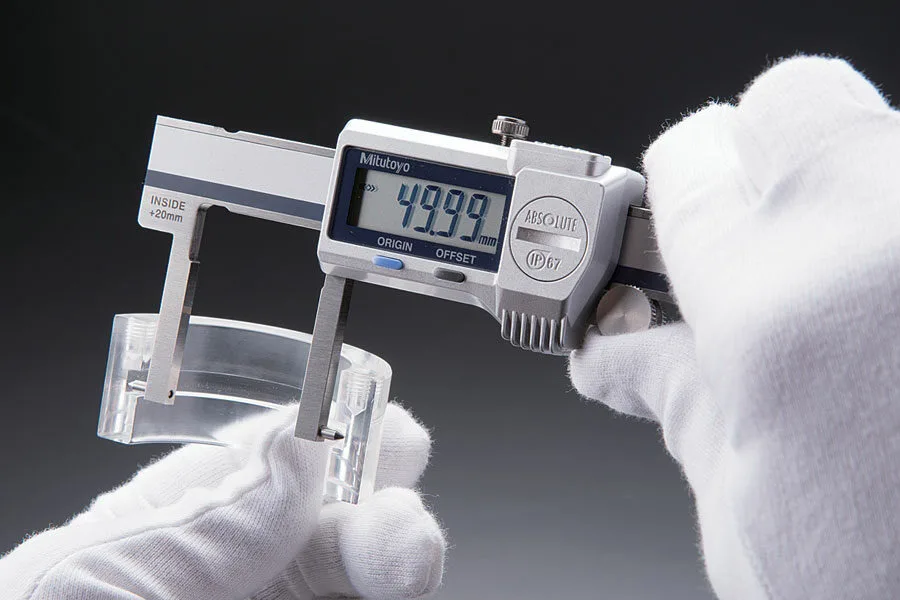Standard Utilization: A Customizable Approach for 3D Printer Manufacturers

Introduction:
Welcome to our Standard Utilization page, where we introduce an innovative approach to defining dimensional tolerances for 3D printers by adopting and refining the ISO 286-2 standard, specifically the GPS (Geometrical Product Specifications) portion, for AM. This standardized framework, encompassing both GPS and AM principles, ensures robust dimensional accuracy in additive manufacturing processes.
Adopting ISO 286-2 with GPS for AM:
We have embraced the ISO 286-2 standard, incorporating the GPS component and tailor it for specifically for additive manufacturing. By leveraging the principles and guidelines outlined in ISO 286-2 GPS, we establish a comprehensive and harmonized system for dimensional tolerances in the AM industry, promoting interoperability and quality assurance.
Customizable Standards:
- Defining Acceptable Deviations: Our approach involves specifying acceptable deviations in millimeters (mm) from the desired dimensions, measured relative to the distance from the center of the print bed (r).
- Tailoring Tolerances: Within the framework of ISO 286-2 GPS, we enable printer manufacturers to customize dimensional tolerances based on their specific needs and capabilities.
Practical Example: Consider a practical scenario where the standard is defined with a ±0.5 mm deviation for an r-value of 100 mm. Within a radius of 100 mm from the center of the print bed, the printed parts should not deviate more than ±0.5 mm from the intended dimensions.
Flexibility for Printer Manufacturers:
- Choosing r Values: Printer manufacturers have the freedom to choose the desired r-value for their printers from a predefined set of options, such as 50 mm, 100 mm, 200 mm, and 400 mm.
- Alignment with Capabilities:
This allows manufacturers to align the dimensional standard with their printer’s capabilities and design requirements.
Performance Tracking and Comparison:
In a rapidly evolving field like additive manufacturing, tracking dimensional tolerances is of paramount importance. Similar to how the semiconductor industry tracks progress using Moore’s Law, we enable enthusiasts and data lovers to track and compare the performance of different printer manufacturers. By adhering to the refined ISO 286-2 standard with GPS for AM, manufacturers can monitor the achieved dimensional accuracy in relation to specified tolerances over time. This tracking mechanism allows for continuous improvement, innovation, and benchmarking within the industry, driving the advancement of additive manufacturing technology and pushing the boundaries of precision and quality. Join us in embracing this approach, where tracking tolerances becomes an integral part of additive manufacturing, propelling the industry forward.
Benefit for Printer Consumers:
By adopting the refined ISO 286-2 standard with GPS for AM, printer consumers gain significant advantages in their decision-making process. Tracking tolerances, similar to how the semiconductor industry tracks progress using Moore’s Law, allows consumers to assess and compare the dimensional accuracy achieved by different printer manufacturers. This comparison tool empowers consumers to make informed decisions based on real-world performance data, ensuring that they select printers that meet their specific precision and quality requirements. With the assurance of standardized tolerances and the ability to track performance over time, printer consumers can confidently choose 3D printers that deliver the level of precision and quality they desire. Join us in embracing this approach, where consumer-centricity and informed decision-making drive the advancement of additive manufacturing technology.
Call to Action:
We welcome your feedback and thoughts on our adoption and refinement of the ISO 286-2 standard with GPS for AM. Your input is valuable in further improving and evolving our approach, ultimately shaping the future of dimensional standards in additive manufacturing. Join us in embracing this standardized and quality-driven approach to elevate the precision and performance of 3D printing technology.
